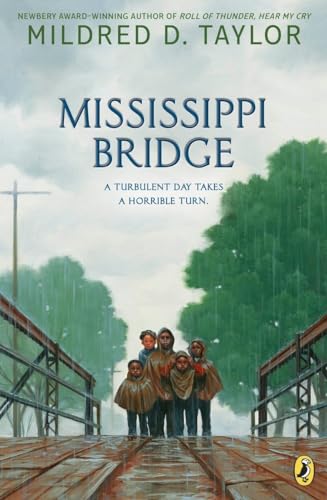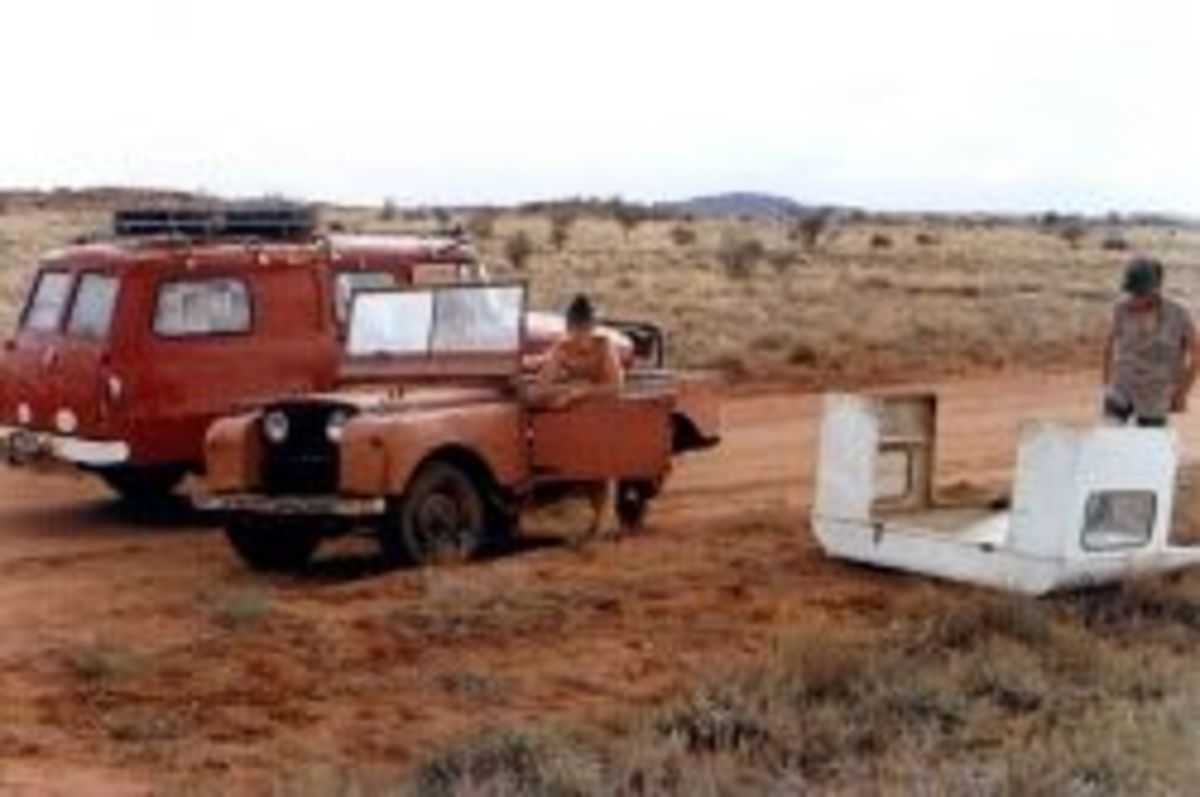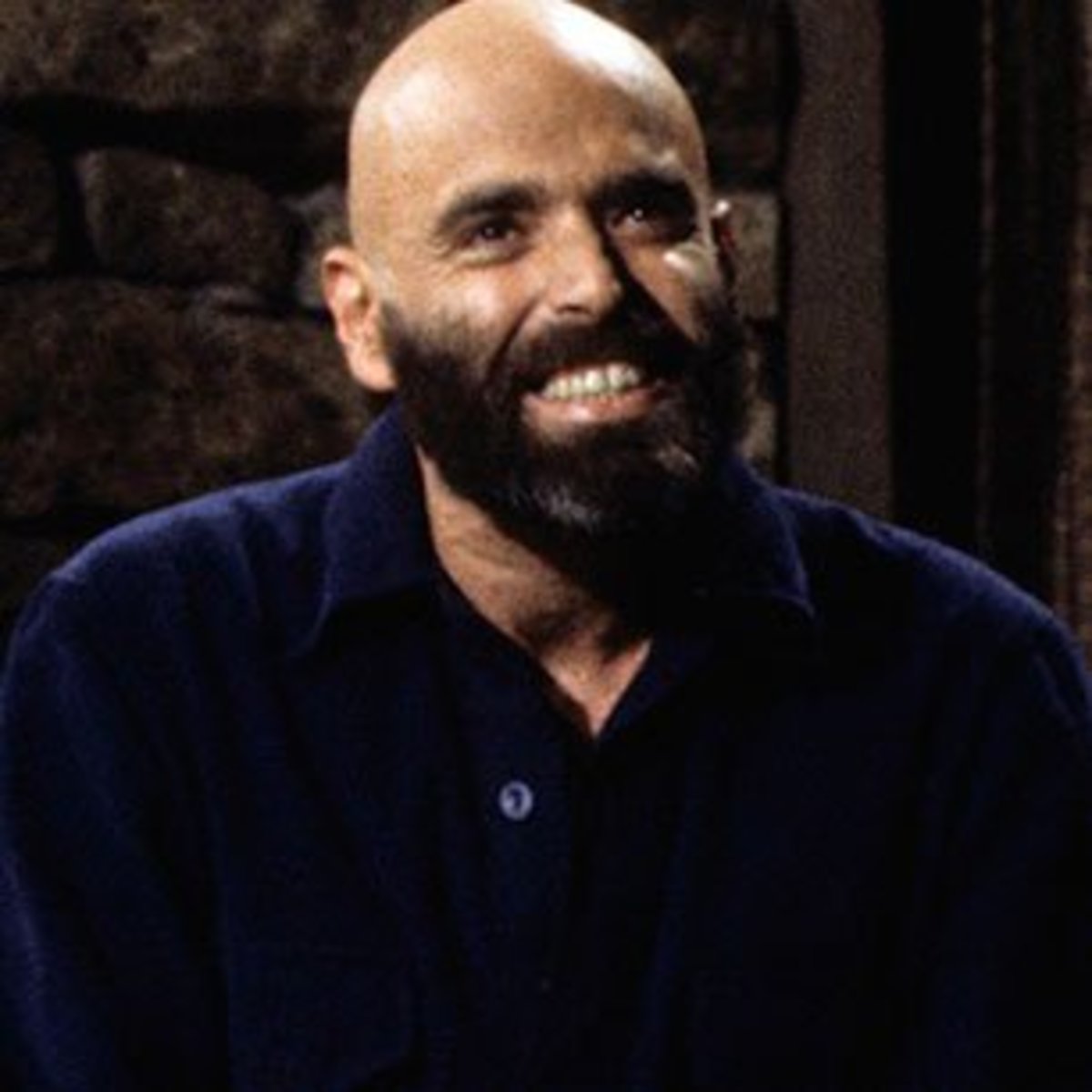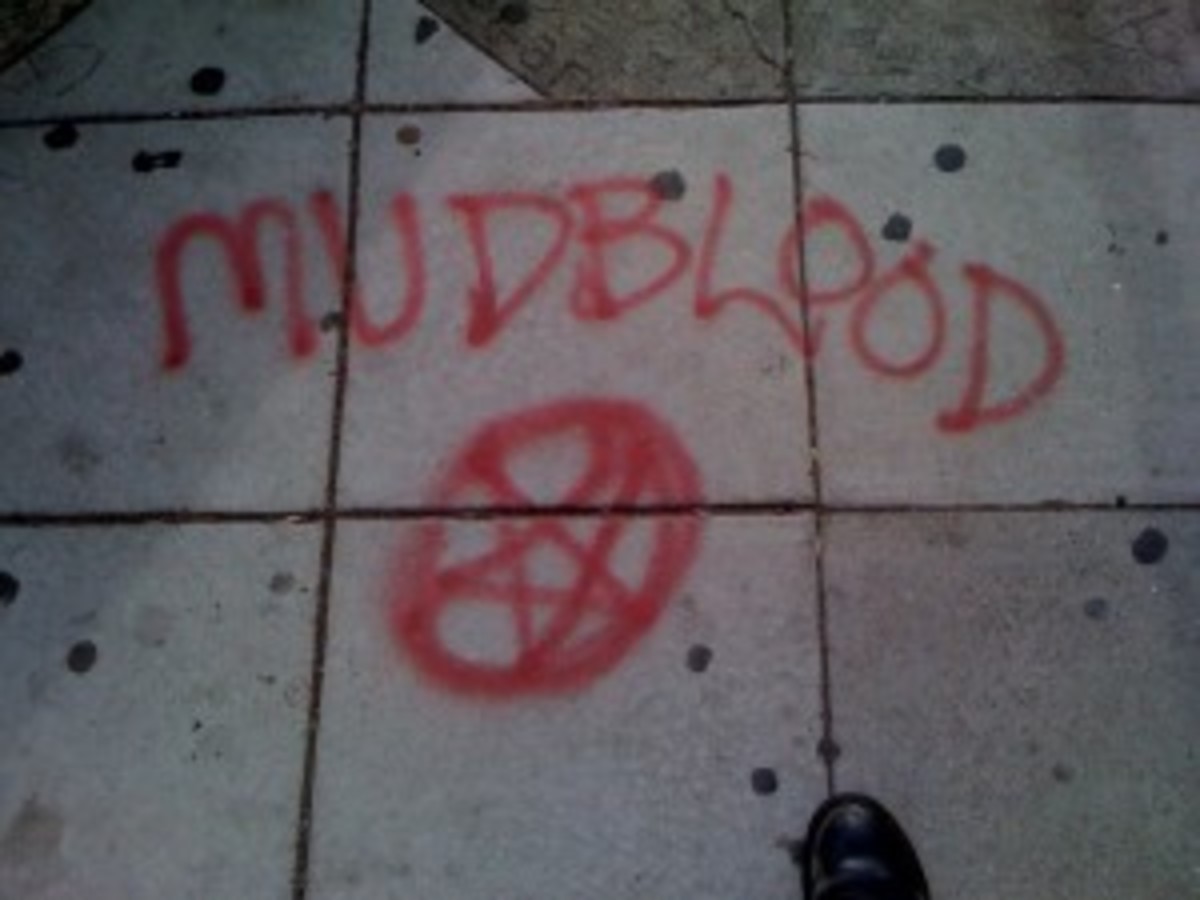The Road to Memphis
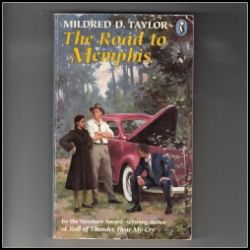
The Moving Sequel to 'Roll of Thunder'
Many people know the Newberry winner, Roll of Thunder, Hear my Cry: the first of a series that spanned many years. My personal favorite is the haunting third book, The Road to Memphis, which in a sense, represents childhood's end. The book deftly explores friendship and racial divides against an early World War II backdrop.
Parents and teachers should be aware that this is a more mature book. The main characters are much older than in the previous two books -- they range from 17 to 20. Mildred Taylor was never one to shy away from difficult issues (notably racism) but this book tackles even more. Things to be aware of: a relatively minor character is pregnant, there are several acts of violence, and another character dies suddenly of natural causes.
I read The Road to Memphis the first time when I was a young adult -- in the true sense, not the library meaning of the word. I was taking a class in juvenile literature in the College of Education. The book moved me profoundly and has remained one of my favorite books on into adulthood. What follows is a summary as well as some resources for using the book.

Plot Foundations: An Unlikely Friendship
The Road to Memphis is the story of an unlikely friendship. The book is told by Cassie, protagonist of Roll of Thunder, Hear my Cry. Her brother, Stacey, again plays a large part in the story. In this third book, the white boy, Jeremy, who had been introduced in Roll of Thunder, really comes into his own. Jeremy is the child of a racist and violent man. A sensitive and lonely kid, he had tagged after Cassie and Stacey in childhood, idolizing them and looking for a warmer friendship than they were willing to give.
At the beginning of The Road to Memphis, we find them united over a car. Jeremy tries to convince his father that Stacey can't use his new car to pull their truck out of the ditch. When his father doesn't listen, he rolls up his pants legs and helps Stacey and his friends lift the truck out by hand.
Jeremy asks for a ride in the car, and it's an awkward moment -- a black man giving a white man a ride in a very segregated part of the deep South -- but off they go. Cassie encounters them later in a field, talking and laughing about their childhoods. But her father tells Stacey that now that they're men, he shouldn't be hanging out with Jeremy.
A short time later, Jeremy fails to stand up to his cousins in a situation that turns violent. One of Stacey's and Cassie's friends is seriously injured. It seems that this really is the end of their friendship, until the situation takes an unexpected shift.
Stacey's friend, Moe, is holding a crowbar when Jeremy's cousins beginning taunting him. He loses control and beats the two of them with the crowbar.
Jeremy has seen what happened. He nods slightly, and Moe hides on the truck. And so the first leg of the escape trip to Memphis is driven by the white youth, Jeremy.
Success and Loss
The next leg of the trip is driven by Stacey, Cassie, and a group of friends. They accomplish their goal of getting Moe to a safer part of the country, but there's a death along the way. It's also en route that they learn that America has been drawn into World War II. It all adds together to make Cassie aware that the book has closed on childhood. There seems to be no stopping the avalanche of loss.
The protagonists return home in time to see another friend being led away under a false accusation: that it was he who helped Moe escape. The boy's sister is shouting that it wasn't him, but the white boy Jeremy.
Jeremy admits that Moe escaped on his truck, but says he hadn't been aware that he had been hiding there until he jumped down and ran away.
The sheriff does not arrest Jeremy, but his father beats him black and blue and turns him out of the house.
Just before he leaves to join the army, Jeremy stops by to say good-bye to Stacey. Cassie observes that their handshake is like an embrace. She herself is fighting to keep back tears, wondering if they'll see him again.
In the middle of the night, she awakes at the sound of Stacey played the windpipe that Jeremy had given him when they were children (hitherto unplayed).
The book closes on four poignant lines, each written as a separate paragraph:
The night passed.
The morning came.
Stacey left.
We did not see Jeremy Sims again.
Themes in The Road to Memphis
Friendship
Racial Prejudice
Conflicting Loyalties
Heroism
Coming of Age
Theme (and Theme Music): Hero
The Road to Memphis adeptly captures how issues, like people, come in all shades. The Logan family faced racism and poverty and a good deal of disrespect; however, they could be secure in the love of family and friends. They were surely not characters to be pitied. Ah, but who did Jeremy have?
I was past twenty by the time I read the book, but Jeremy became very real to me. I wished I could extend the story, extend his world, and give him what he was looking for. Did he die in World II, still a lost and lonely young man, or did he find his place in the world?
I already knew the song "Hero", but it had no real association; from the time I read The Road to Memphis, it became inextricably linked. It became my words to a much-loved character. It became Jeremy's song.
I had thought about writing a page for The Road to Memphis, but it was one of those "maybe someday" things. Then I walked into the Grocery Outlet and heard the strains of music.
If you're looking for mood music for a school or homeschool book project, I recommend this piece.
Additional Resources for The Road to Memphis
- Study Guide
From eNotes. - Goodreadreads Reviews
A collection of 56 reviews. - Essay Topics
This is a free sample from a for purchase literature unit. It is available from BookRags. - Themes and Relationships
From skoool.ie.
A Related Book: Mississippi Bridge
It appears that Mildred Taylor, too, had a hard time letting this character go. Mississippi Bridge was published a short time later. This book is narrated by a much younger Jeremy -- just ten. At the beginning, he's watching with some interest as the bus makes its weekly trip into town, breaking the monotony of a rainy week.
Things turn ugly, then uglier. Several black people are sent off the bus -- one actually tossed as he protests that he has to get to his destination -- to make way for a large white family that arrives later. The young man, Josias, is Jeremy's friend, and so Jeremy chases after him to tell him he's sorry about what happened, and to try to buddy up with him again. Josias does not, for the moment, want anything to do with him.
Then the bus veers off the bridge and crashes into the Mississippi. Jeremy is near the bus when it veers off. Hysterical, he's drawn toward it (perhaps wanting to grab it, hold it people back from drowning?) He would probably go over himself except that Josias runs back to him and holds him in place.
Some of the good people of the town -- black people -- have been saved by having been tossed off the bus. Other good people have gone down. Among them are a much-loved schoolteacher and her four-year-old granddaughter -- two of Jeremy's favorite people. As narrator, Jeremy laments toward the end of the book that he doesn't understand why things happened the way they did. The author doesn't step out of character to offer discussion; the book is, until the end, the reflections of a ten-year-old. Jeremy concludes the story by stating that he and Josias were there the rest of the day, helping.
Credit
- Home is Where the Heart is
Taliesin, Morguefile.


